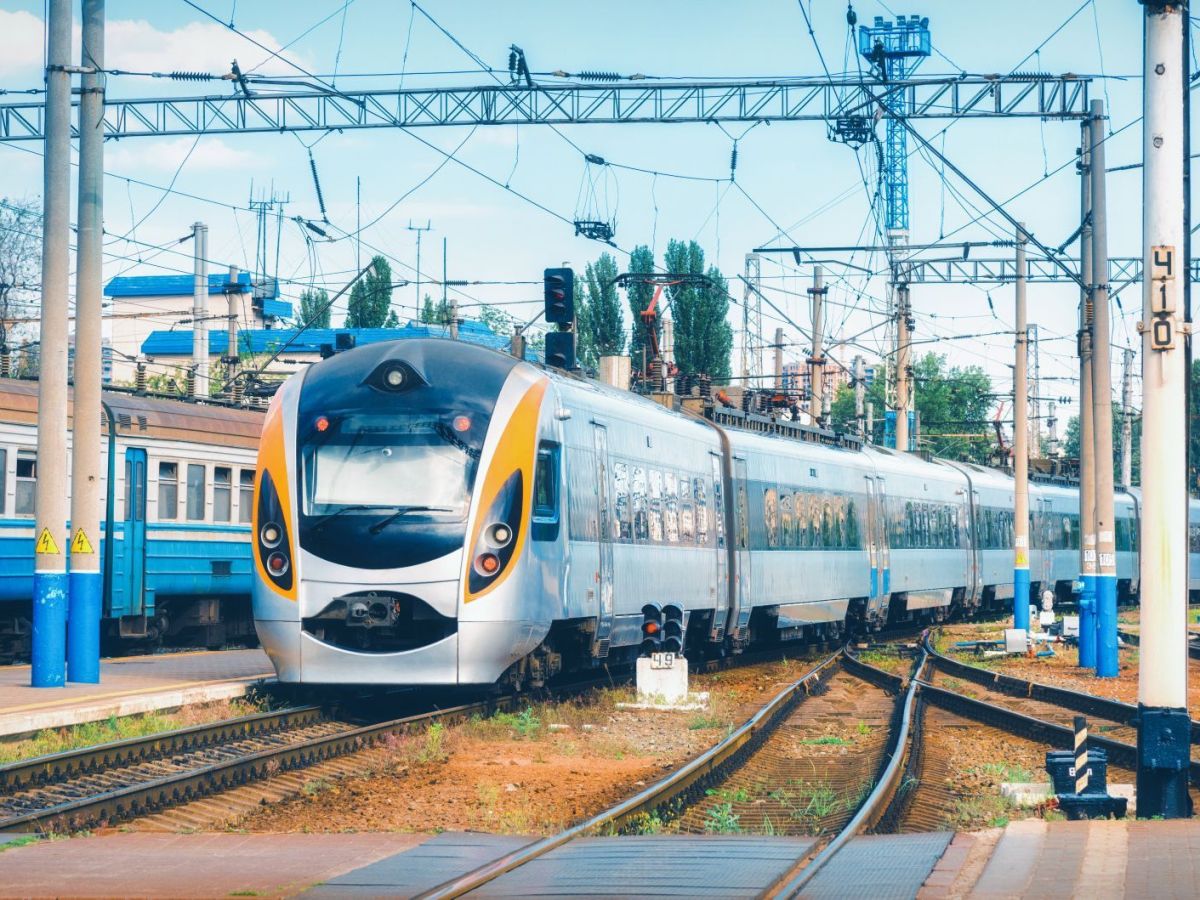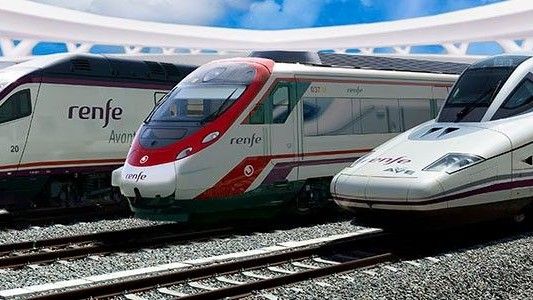With the ever-increasing congestion at airports and the pattern of low-cost airlines cutting costs wherever they can, there has never been such a need for an alternative way of travel. Companies like Ryanair can defend their changes by the simple argument, ‘you wanted cheap flights’.
The reality is that seats are not so cheap anymore on the vast majority of flights. Service goes down; profits go up. Its time for an alternative, and high-speed rail could be the answer, but it’s taking far too long.
Long-distance sleeper service
In the last few days, a new plan has been announced for long-distance high-speed sleeper services, and they include reaching Lisbon, but not until 2040. With the new European high-speed rail network, the EU Commission aims to significantly speed up train travel - such as travelling from Berlin to Copenhagen in just four hours. By 2040, trains travelling up to 320 km/h will connect cities across Europe, making short-haul flights largely unnecessary. Source: RAIL MARKET
In 2021, I wrote, ‘Midnight Trains’ hopes to reinvent the overnight train experience completely by launching a “hotel on rails” that offers a greener alternative to flying as well as a more comfortable alternative to the basic night train services long associated with Europe. They are planning to offer high-quality rooms, all en-suite with high-quality bedding and on-demand TV. Top quality restaurant of course, or delivery to your room. By 2024, they plan to open Paris to Porto. What happened? Midnight Trains gave up as they couldn’t raise the finance to achieve their goals.
It’s a very challenging market, and it’s not quick to achieve the results most of us would like to see. For the airlines, they can act very quickly; if they can obtain landing and take-off slots for their desired route, they can be up and running in a matter of weeks. Rail travel, especially high speed, needs massive infrastructure, rail signalling, pand ower supply. All this takes years, especially as routes cross countries and different infrastructures. The EU is pushing ahead, and they are right.
In European terms, Spain is the market leader, developing high-speed trains, 300 kph and more. None of this is without problems. The higher the speed, the greater the complications. The Spanish high-speed train system’s latest addition is the Talgo AVRIL (also known as the Series 106), designed for speeds up to 330 kph. Despite its modern design and capabilities, the train has faced significant teething problems, including breakdowns and a recent ban from the Madrid-Barcelona line due to infrastructure concerns and passenger comfort issues. As a result, its deployment has been adjusted, with plans to move it to regional high-speed lines while the core issues are resolved. They will resolve the problems, but further delays, and this isthe fastest train currently available for European services.
The AVRIL offers extended space and comfort.
Competition is coming
European rails are open to competition; it’s not just national operators. Virgin Trains plans to launch passenger services through the Channel Tunnel to Paris, Brussels, and potentially Amsterdam, starting in 2030, to break Eurostar’s long-standing monopoly. The company received a crucial regulatory approval in October 2025 to access the Temple Mills depot, the only UK facility capable of maintaining the larger European trains. Virgin has already secured funding and 12 new Alstom Avelia Stream trains for the service.
Companies like Ouigo (France & Spain), Avlo (Spain), RegioJet (Czech Republic/Central Europe), Flixtrain (Germany/Sweden). Free competition and fast services offer real help for the future, but its not happening fast enough. Airports are already struggling under the strain, and it will only get worse.
Portugal has been the slowest in developing high-speed rail infrastructure, but it is happening now. Lisbon Madrid, a critical route, is due to be completed in the next two or three years.
Shorter routes will help faster
Northern European services may well help to relieve the congestion in many airports as passengers switch to the train. It won't help Faro or Lisbon a lot, though the Lisbon-Madrid link may well help passengers heading for Spain.
The train is late, start using Beja
The obvious solution to the current congestion is to start using Beja airport. Beja Airport is often referred to as the ‘unused Portuguese airport’. What a waste, and you have to ask, why is the government thinking of building a new airport when Beja stands there almost unused? A bus service to the station at Ferreira do Alentejo and catch the Algarve to Lisbon train service is an option. Its not ideal, but it’s a workable solution, at least for the low-cost airlines. Nothing to build, it’s ready to go.

















There is no train station at Ferreira do Alentejo. The nearest stations to the airport are at either Cuba or Beja (both on the intercity line but going north only) or, further away at Ermidas-Sado, on the Alfa Pedular line north & south).
By Bert from Beiras on 23 Nov 2025, 10:06
In my opinion Portugal doesn't need high speed rail. In most parts of Europe it has proven to be highly uneconomical. For Portugal I see busses and planes as the much better solution. Both are very flexible and they don't require a lot of new infrastructure, which causes very high maintenance costs.
By Tom from Lisbon on 23 Nov 2025, 12:10
I do not agree with Tom.
Train travel in Portugal is awful. Were there more trains with better services throughout PT and connections into other parts of EU, it would be so much better than all the hassle of waiting around, etc, at airports! Bring the train travel plans forward ASAP please.
By L from Lisbon on 24 Nov 2025, 10:18
The rail line from Beja to the North passes within a few hundred metres of the airport. Creating a station and routing trains on existing rails must be a lot cheaper than building a new airport. It's not easy but it is possible. No new rails needed, just working with what exists.
By Paul Luckman from Algarve on 25 Nov 2025, 10:26